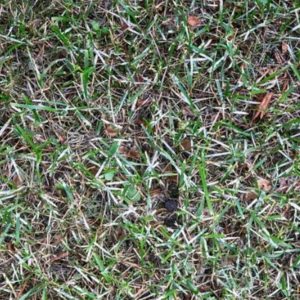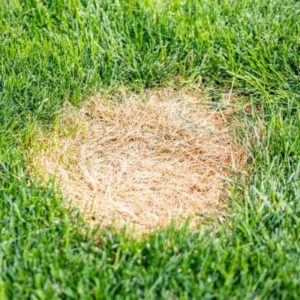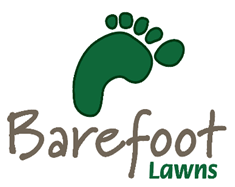Due to the extremely wet spring we have been experiencing in Massachusetts and other parts of the country, it’s more important than ever to be on the lookout for lawn diseases. Many different types of lawn disease can do a lot of damage to your lawn. Lawn diseases can cause grasses to decline, brown, and eventually die. However, if you catch it early, there may be time to save your lawn.
Powdery Mildew
Usually a problem in the late spring and early fall or in shaded areas, powdery mildew is an ugly disease. It appears as a white, chalky substance on the grass. As it spreads, powdery spots get larger and denser and may spread up and down the length of the grass. To prevent future outbreaks, overseed with shade-tolerant grasses.
Brown Patch
Conditions are perfect for brown patch to appear. Brown patch is a fungus that thrives in the hot and moist temperatures we’ve recently had. This common lawn disease can infect most grass types and appears as circles that are 3-10 feet across. The fungus spends the winters under debris, leaves, and thatch. When conditions are right, it can appear out of nowhere. To control brown patch, only water when it’s absolutely necessary and only do it in the early morning so the grass has time to dry.
Dollar Spot
Dollar spot is another fungus on the rise due to the wet weather we’ve been having. It usually rears its head during periods of big temperature swings such as the spring or fall. The fungus starts as small round patches of dead grass around the size of a silver dollar, hence its name. As it spreads, it combines with other dollar spots to create large patches of dead grass. If you are seeing signs of dollar spot, aeration may be the best option for you.
Pythium Blight
Pythium Blight occurs during the hot and humid weather of our east coast summers. It appears as round or asymmetrical spots 1-6 inches in diameter. Look at these spots in the morning. Do they have a greasy green or water soaked appearance? Does the grass feel slimy? Then you probably have pythium blight. As the disease progresses, the affected areas die, become matted in appearance and cotton white growths may develop (not to be confused with powdery mildew). Mowing can spread the disease to other parts of your yard so be sure to wash down your equipment after each use.
To control pythium blight, avoid overwatering or watering late in the day and do not mow when the grass is wet.
Red Thread
Red Thread affects grasses such as fine fescues and perennial ryegrass. Appearing as red, web-like threads, this disease kills as it spreads, making your yard look unattractive and scorched. Water early in the day and fertilize regularly to prevent red thread from forming.
Get Expert Lawn Service From Barefoot Lawns
If your lawn is looking weak, thin, or you suspect that a lawn disease is present, then call the professionals at Barefoot Lawns. With our lawn care program, we can get your lawn back into shape and looking its best. Just call 508-281-1441 or contact us on our website for more information.


Recent Comments